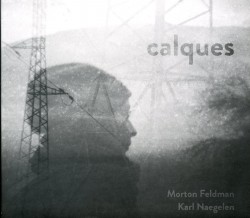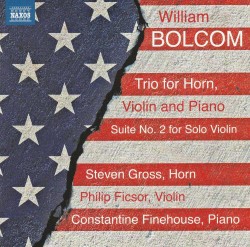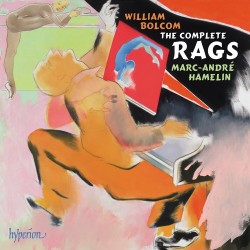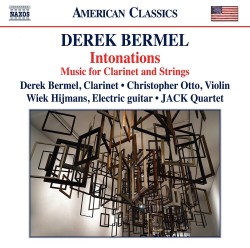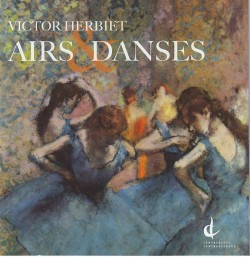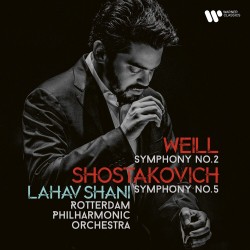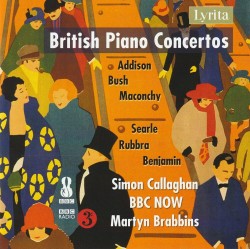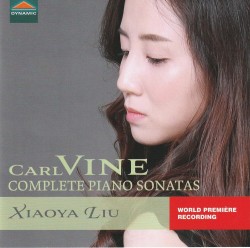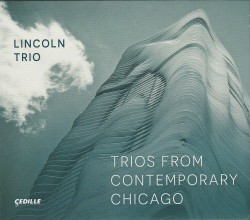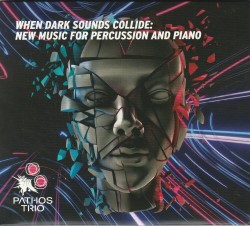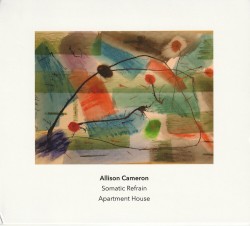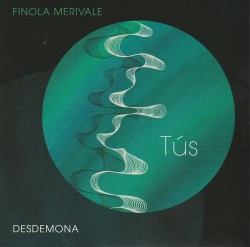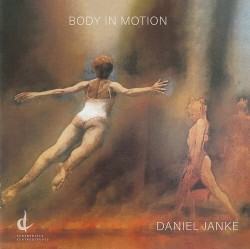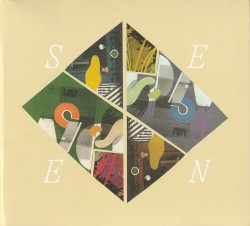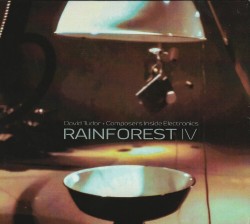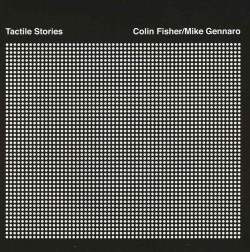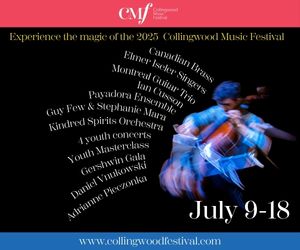Personal Noise - Sarah Plum
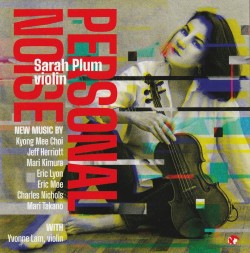 Personal Noise
Personal Noise
Sarah Plum
Blue Griffin BGR619 (bluegriffin.com)
This fantastic new release by an ardent proponent of the contemporary violin repertoire, violinist Sarah Plum, is a must-have for everyone who loves meaningful sonic adventures. Personal Noise features works for violin and electronics, delivered via the imagination and composing pen of Kyong Mee Choi, Jeff Herriott, Mari Kimura, Eric Lyon, Eric Moe, Charles Nichols and Mari Takano.
Works on this album came as a result of a personal connection between Plum and each composer and were either written for or commissioned by her. The exciting mixture of electronically processed sounds and extended contemporary violin techniques is further enhanced by imaginative and dynamic performance by Plum. And if you think there are no beautiful melodies on this album, you are wrong; distinct melodies and elements of beauty are present throughout. Layers upon layers of textures and colours make the music rich, dreamy, sometimes unpredictable, sometimes probing. Each composition features the explorative element of some kind, be it the notion of serendipity in music (Herriot’s after time: a resolution), paraphrasing of the melody from Bach’s Violin Sonata in B-Minor (Choi’s Flowering Dandelion), or articulation of the musical cryptogram spelling Sarah’s name (Lyon’s Personal Noise with Accelerants). Interactive electronics in Kimura’s Sarahal, along with violin trills, pizzicatos, arpeggiatos and harmonics, create colours to die for and a full sonorous sound.
Sarah Plum offers complex yet conceptually clear interpretations of these works. Her distinct style of playing allows for passion and lyricism in one bow stroke, a perfect personal noise.


